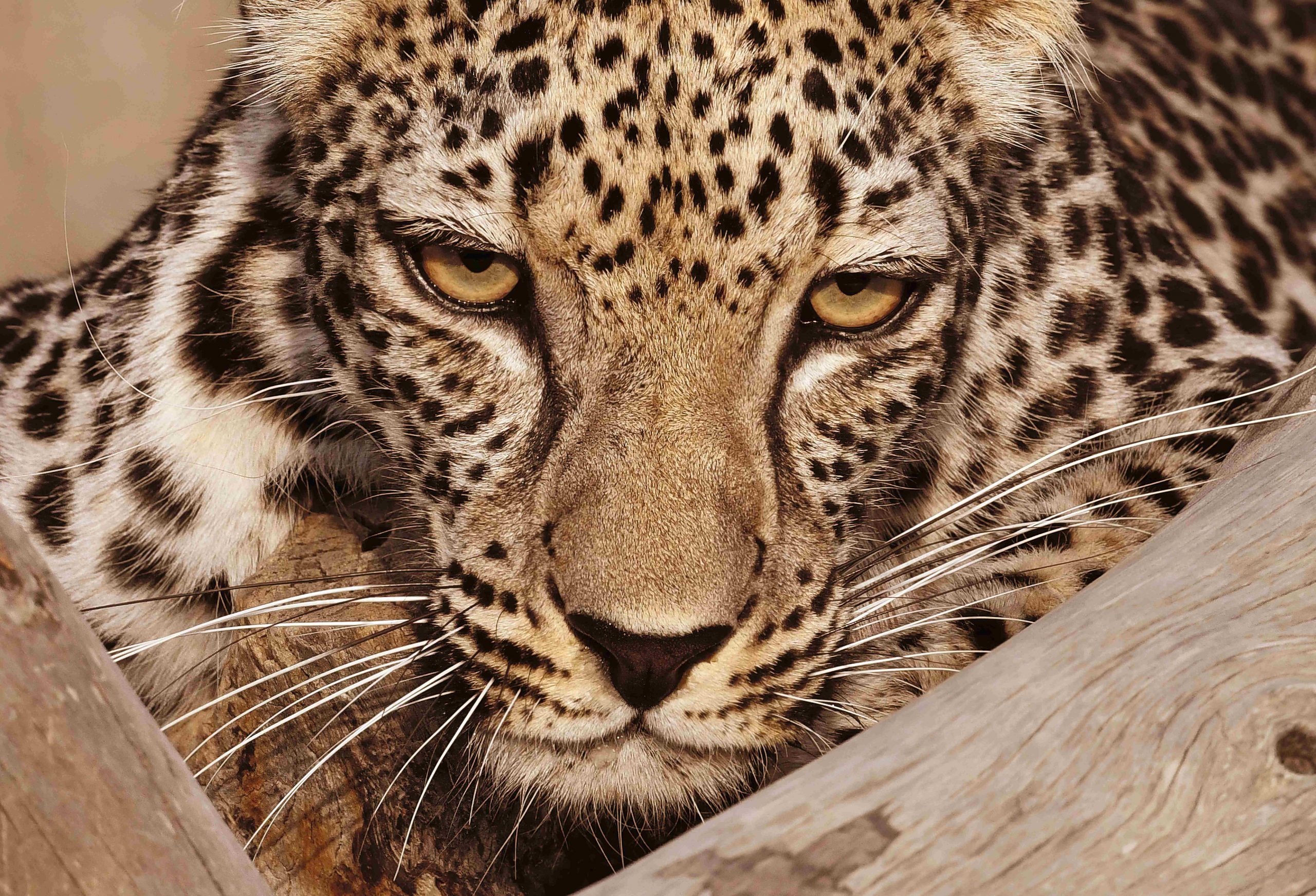Tech & Business
6.15.2023
The United Nations designates Feb. 10 as International Day of the Arabian Leopard

In a groundbreaking move, the United Nations General Assembly unanimously passed a resolution designating Feb. 10 as the International Day of the Arabian Leopard.
This announcement has been met with resounding applause as the majestic big cat teeters on the brink of extinction, with a dwindling population of fewer than 200 in the wild.
Advocacy efforts by Saudi organizations
Saudi Arabia’s mission to the UN announced the adoption of the resolution via Twitter, stating, “Today, the UN General Assembly adopted by consensus the resolution entitled International Day of the Arabian Leopard.” The tweet further highlighted the significance of the resolution, which aims to raise awareness about the critically endangered Arabian leopard, while emphasizing the crucial role it plays in the preservation of wildlife and biodiversity.
#Today the @UN General Assembly adopted by consensus the #resolution entitled "International Day of the Arabian Leopard" submitted by the #Kingdom of #SaudiArabia & co-sponsored by more than 30 Member States.@SaudiEmbassyUSA @alf_ngo@RCU_SA@UNEP_Arabic @UNEP pic.twitter.com/JQ0dWjI31s
— KSA Mission UN 🇸🇦🇺🇳 (@ksamissionun) June 12, 2023
This recent UN recognition comes on the heels of Saudi Arabia’s declaration of Feb. 10 as “Arabian Leopard Day” in 2022, a proactive measure aimed at shedding light on the plight of these endangered felines. Princess Reema bint Bandar, the Saudi ambassador to the US and an advocate for the protection of Arabian leopards, expressed her elation at the UN’s endorsement. Taking to Twitter, she exclaimed, “I am so happy to see the UN Draft Resolution on the International Day of the Arabian Leopard approved.”
“The public response to our campaigns such as Catwalk & Arabian Leopard Day in Saudi Arabia has demonstrated a deep and continuing passion for this beautiful Big Cat across its historic native range,” she emphasized.
I am so happy to see the UN Draft Resolution on the International Day of the Arabian Leopard approved!
Over the last three years @catmospherenow @RCU_SA & @alf_ngo have worked tirelessly to raise awareness about the Critically Endangered Arabian Leopard & focus international… https://t.co/PTBFneo9Y2
— Reema Bandar Al-Saud (@rbalsaud) June 12, 2023
Princess Reema herself launched the Catmosphere foundation in 2021, with a mission to safeguard the future of big cats. This non-profit organization aims to amplify the conservation efforts of Panthera, a US-based charity dedicated to preserving 40 species of wild cats.
What is the Arabian Leopard?
The Arabian leopard, scientifically known as Panthera pardus nimr, is a critically endangered subspecies of leopard native to the Arabian Peninsula. It is characterized by its coat, which varies from pale yellow to a deep golden color, adorned with rosette-shaped spots. This elusive and solitary feline species is well adapted to the desert and mountainous environments, possessing keen senses of sight and hearing. It is primarily a carnivorous predator, preying on various ungulates, smaller mammals, and occasionally birds.
Voir cette publication sur Instagram
The International Union for Conservation of Nature classifies the Arabian leopard as “critically endangered”, putting it within a hair’s breadth of extinction in the wild. According to alarming estimates, there are fewer than 200 Arabian leopards left on the Arabian Peninsula, with the largest confirmed surviving population discovered in the Dhofar mountains of Oman, prompting Saudi Arabia to strive to preserve the species as part of a wider effort to conserve biodiversity in the kingdom.
popular

